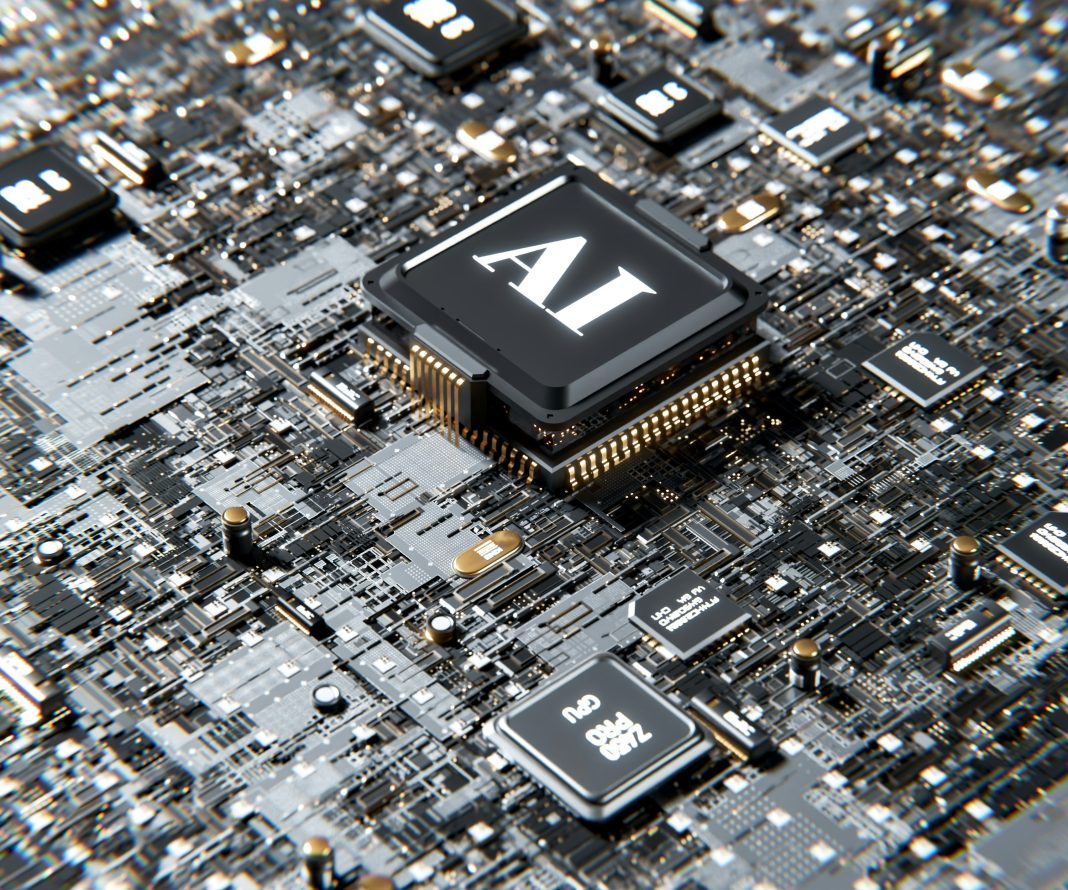The race to dominate artificial intelligence has driven Silicon Valley’s largest companies to accelerate capital spending at a pace not seen in more than a decade. But as the industry pours tens of billions of dollars into data centres, semiconductor supply chains and generative AI platforms, a new source of tension is emerging: bondholders are growing uneasy.
Investors in corporate debt markets, long accustomed to viewing Big Tech as among the safest issuers in global finance, are beginning to question whether the scale and speed of AI investment can be sustained without eroding credit quality. While equity markets have largely cheered the AI story, debt buyers are signalling that the cost of that ambition is starting to alter risk calculations.
Spending at a Historic Clip
The world’s largest technology companies are now committing extraordinary sums to infrastructure. The expansion ranges from hyperscale data centres and custom AI chips to power and cooling networks required to support dense computational workloads. For some companies, annual capital investment budgets have doubled in under two years.
Executives insist the spending is strategic and long-term. Artificial intelligence, they argue, will underpin almost every form of digital activity—search, advertising, enterprise computing, consumer devices and the next generation of industrial automation. The companies that control the infrastructure of AI, the logic goes, will command the dominant platforms of the next decade.
But for bond investors, the arithmetic has shifted. Where Big Tech once delivered reliable cash flows, modest leverage and buyback programmes, the emerging landscape is defined by heavier capital requirements and multi-year horizons before returns are realised. The question is no longer whether AI is transformative—it is whether the cost of getting there is being priced correctly.
Pressure on Margins and Cash Flow
Unlike equity holders, who may accept a period of reduced profitability in anticipation of future growth, bond investors are focused on near-term balance sheet resilience. Heavy infrastructure spending means lower free cash flow, and that reduces the margin of safety that once underpinned the companies’ ultra-high credit ratings.
For now, most of Big Tech sits comfortably in investment-grade territory, often at or near the highest tier. However, the scale of upcoming capital programmes suggests that leverage levels may creep higher. The outlook is further complicated by the cyclical nature of cloud computing demand and the uncertainty surrounding commercial AI adoption outside early corporate experiments.
Some investors say that while the strategic rationale for AI infrastructure is clear, the timeline for monetisation is not. Training large language models is expensive; inference at scale requires even more compute power. The return profile is dependent on whether AI systems can generate revenue at a rate that offsets the rising cost of hardware, electricity and development talent. If the return curve slopes more slowly than expected, corporate balance sheets could tighten.
Early Signs in the Bond Market
The concern has begun to show in pricing. Recent bond issuances by certain large technology groups have been met with lower demand than comparable sales in previous cycles. Spreads remain narrow by historical standards, but the direction of travel is notable. Investors are beginning to differentiate within Big Tech, rather than treating the sector as a uniform bloc of low-risk issuers.
The shift comes at a moment when global bond markets are still absorbing the effects of higher interest rates. In that environment, any sign of rising capital intensity can prompt investors to reassess credit exposure. For technology companies, which became accustomed to financing growth amid ultra-low yields, the new rate backdrop heightens the cost of every incremental dollar of debt.
A Strategic Gamble, Not a Crisis
Few analysts suggest the sector is facing a liquidity crunch or sudden credit deterioration. Balance sheets remain robust and equity market valuations provide a buffer. But the dynamics that made Big Tech debt feel nearly risk-free—limited investment needs, high margins and stable recurring revenue—are shifting.
The investment case for AI is long-term, infrastructure-heavy and increasingly competitive. Bond investors, by contrast, live in shorter time horizons and are paid to be cautious.
What is emerging is not panic, but negotiation: a recalibration of how risk is priced for companies attempting to build the computational backbone of the next technological epoch.
The New Terms of the AI Race
The tension in the bond market underscores a broader reality: the AI boom is not a pure software story. It is an industrial one—dependent on factories, electricity grids, fabrication capacity and global supply chains. It demands capital on a scale more familiar to energy companies and national infrastructure projects than software platforms.
For Big Tech, the strategic logic of the spending remains intact. But the cost of financing the future is rising. Debt investors, long treated as quiet passengers in the Silicon Valley growth narrative, are now beginning to make their presence felt. The next phase of the AI race will not simply be determined by technology—but by who can spend heavily, sustainably, and without losing the confidence of the bond market.







































